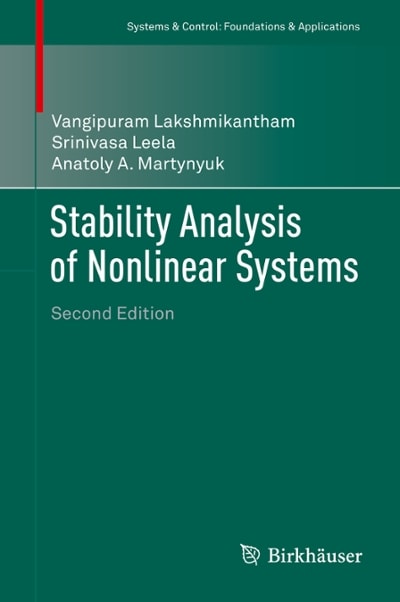Question
In a study of media usage versus education level ( American Demographics , Vol. 17, No. 6), an index was used to measure media usage,
In a study of media usage versus education level (American Demographics, Vol. 17, No. 6), an index was used to measure media usage, where a measurement of 100 represents the U.S. average. Values above 100 represent above-average media usage.MediaEducation LevelCable
NetworkPrime-Time
TVRadioNewspaperMagazineLess than high school80112877685High school graduate10310510099101Some College10794106105107College graduate10890106116108Source: FromAmerican Demographics, Vol. 17, No. 6. Reprinted with permission, copyright 1995American Demographics, Ithaca, NY.Minitab Printout for Media/Education DataAnalysis of Variance for IndexSourceDFSSMSFPEdu39613202.960.075Media4510.011.000Error121299108Total192264
(a) List the factors and the number of levels of each factor. (Select all that apply.)
media type, with four levels
media type, with five levels
school, with four levels
media usage, with two levels
education level, with four levels
education level, with three levels
(b) Assume there is no interaction between the factors. Use two-way ANOVA and the following Minitab printout to determine if there is a difference in population mean index based on education. Use=0.01.STEP 1:State the hypotheses.
H0:
---Select---
All types of media have different population mean indices.
All education levels have different mean indices.
No difference in population mean index according to education level.
No difference in population mean index by media type.
At least two education levels have different mean indices.
At least two types of media have different population mean indices.
H1:
---Select---
All types of media have different population mean indices.
All education levels have different mean indices.
At least two types of media have different population mean indices.
No difference in population mean index by media type.
No difference in population mean index according to education level.
At least two education levels have different mean indices.
STEP 2:Find the test statistic andP-value.F=P-value=
STEP 3:State your conclusion.
At the1%level of significance,
---Select---
do not reject
reject
H0for education level.
The data
---Select---
do not indicate any differences
indicate differences
in population mean index according to education level.
(c) Determine if there is a difference in population mean index based on media. Use=0.01.STEP 1:State the hypotheses.
H0:
---Select---
All education levels have different mean indices.
At least two education levels have different mean indices.
At least two types of media have different population mean indices.
All types of media have different population mean indices.
No difference in population mean index according to education level.
No difference in population mean index by media type.
H1:
---Select---
No difference in population mean index according to education level.
At least two types of media have different population mean indices.
No difference in population mean index by media type.
At least two education levels have different mean indices.
All types of media have different population mean indices.
All education levels have different mean indices.
STEP 2:Find the test statistic andP-value.F=P-value=
STEP 3:State your conclusion.
At the1%level of significance,
---Select---
do not reject
reject
H0for media.
The data
---Select---
indicate differences
do not indicate any differences
in population mean index according to media type.
Step by Step Solution
There are 3 Steps involved in it
Step: 1

Get Instant Access to Expert-Tailored Solutions
See step-by-step solutions with expert insights and AI powered tools for academic success
Step: 2

Step: 3

Ace Your Homework with AI
Get the answers you need in no time with our AI-driven, step-by-step assistance
Get Started


